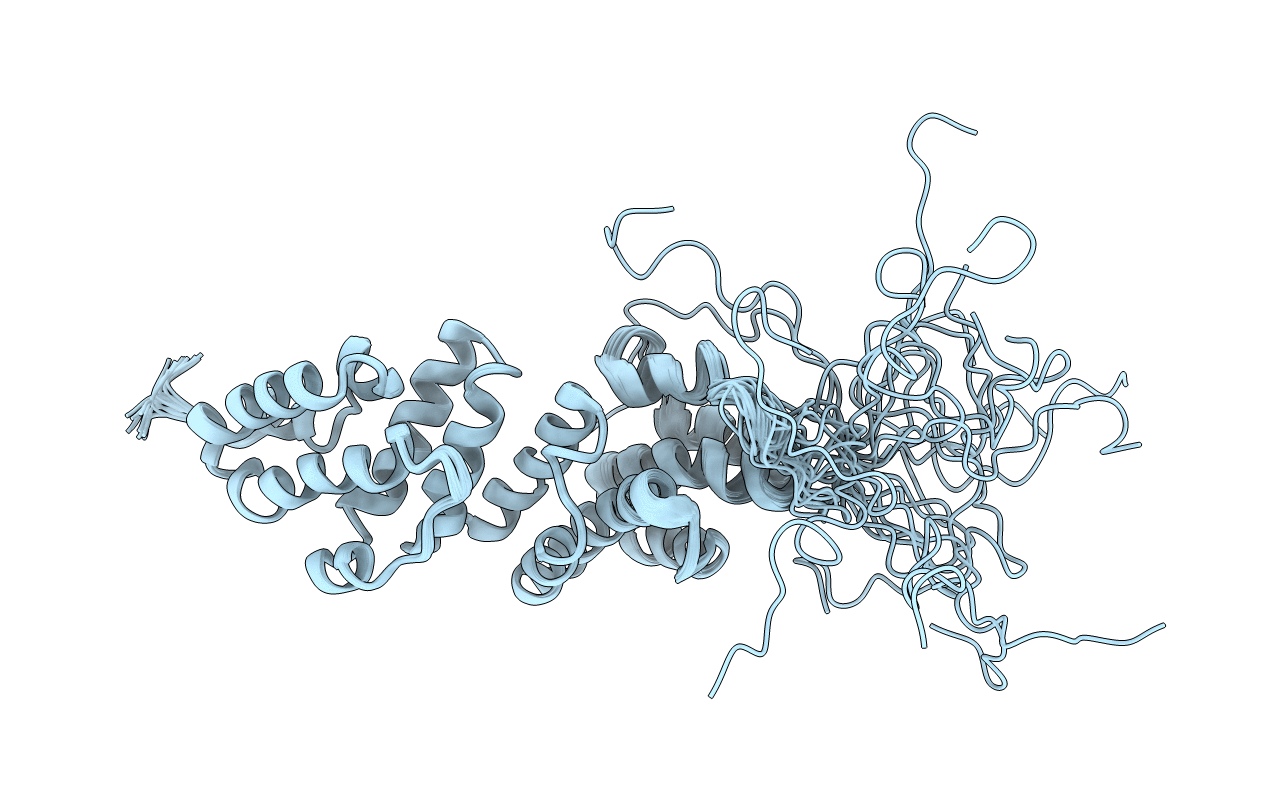
Deposition Date
2013-11-26
Release Date
2014-06-25
Last Version Date
2024-05-15
Method Details:
Experimental Method:
Conformers Calculated:
700
Conformers Submitted:
20
Selection Criteria:
structures with the lowest energy


